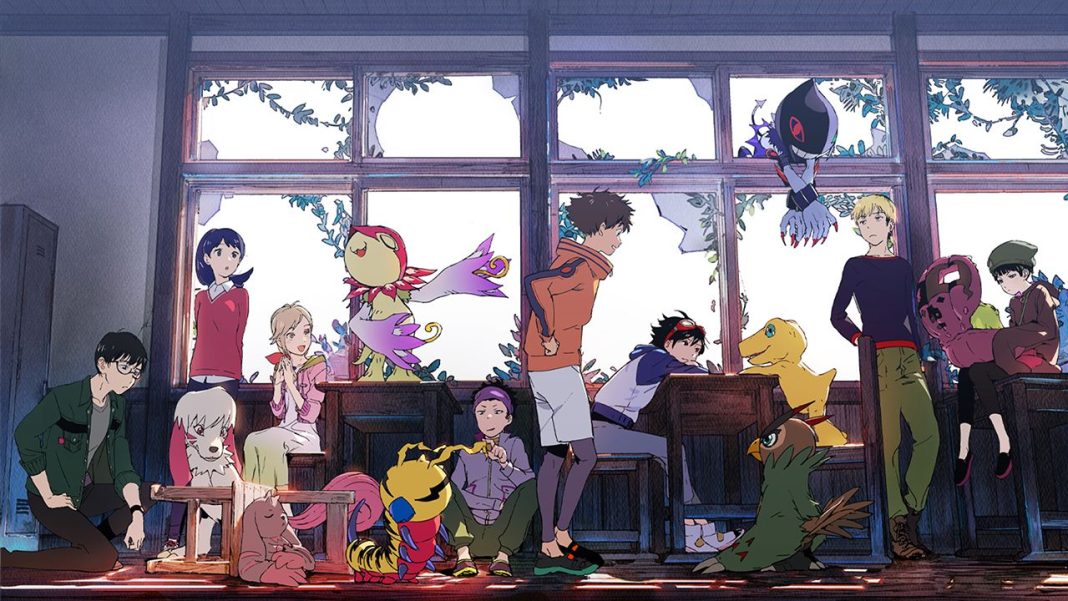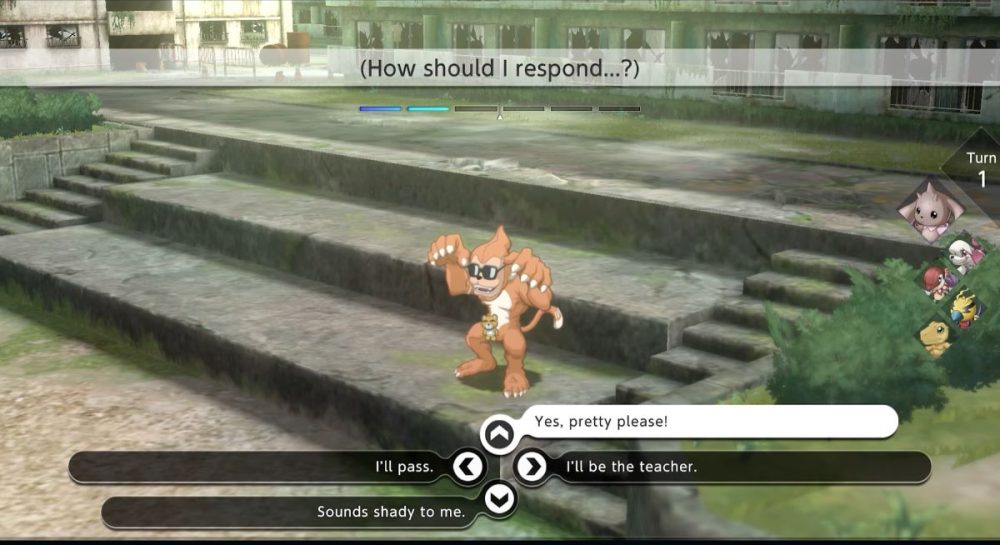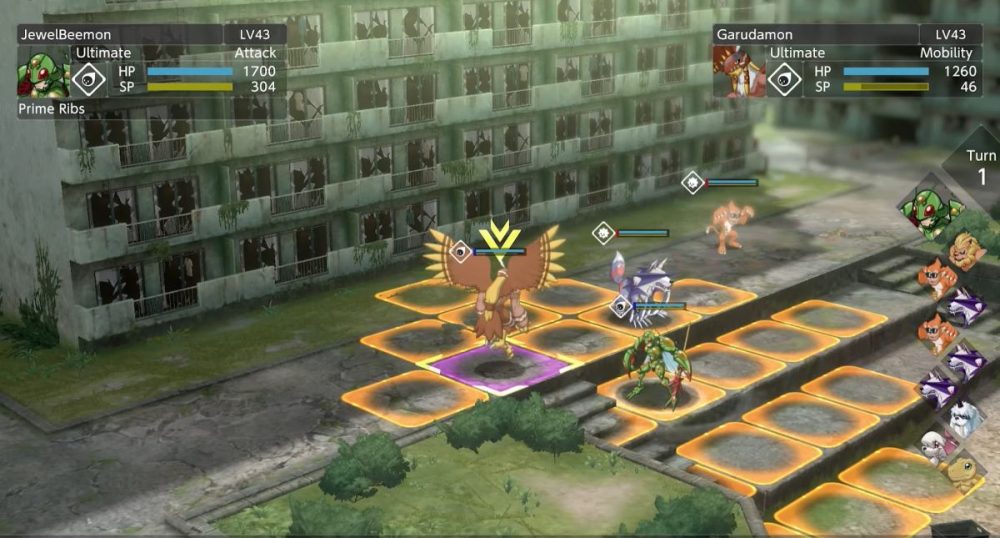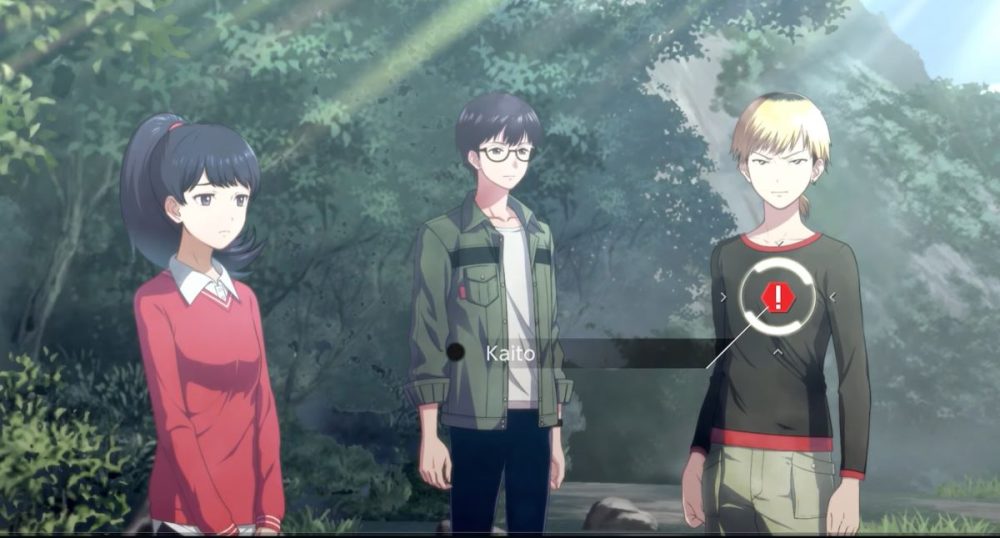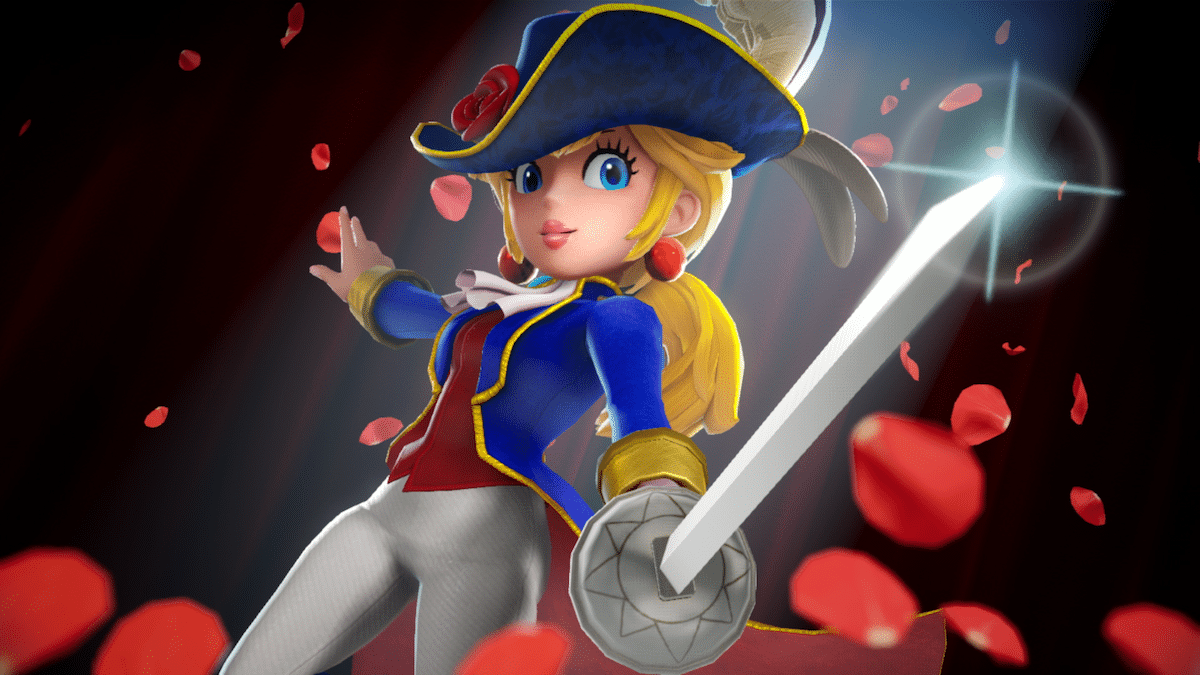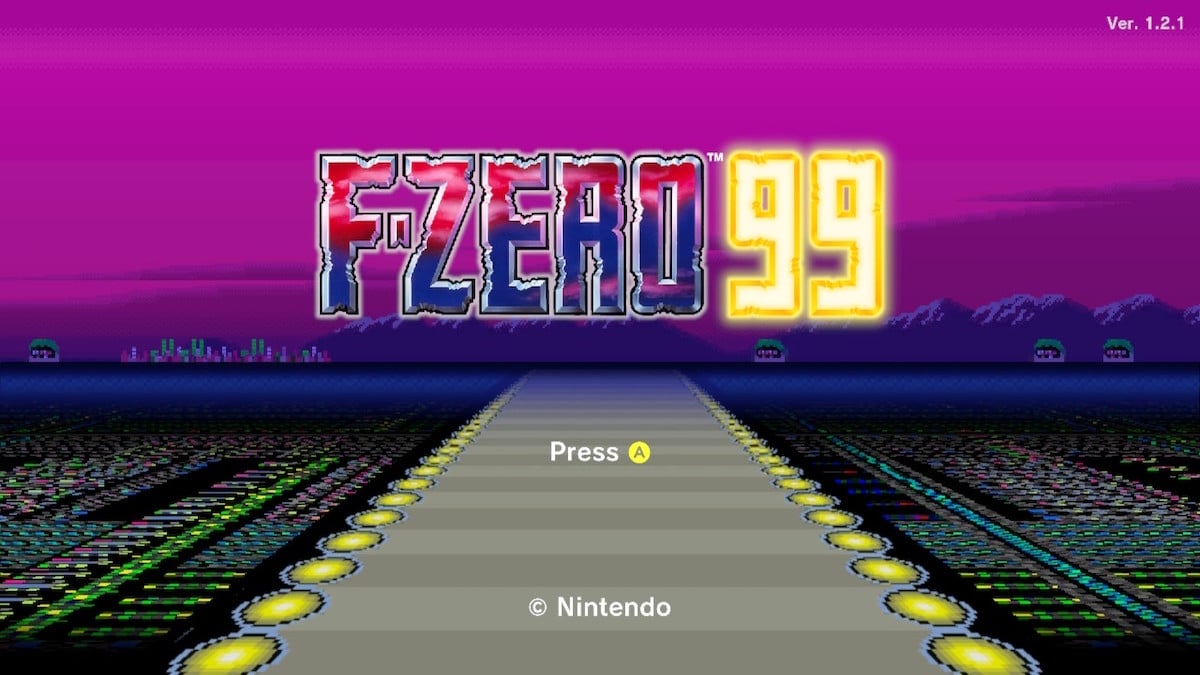It is hard to think that it has now been over twenty-five years since Bandai and WiZ released the digital-battling toy rival to their own Tamagotchi virtual pets way back in 1997. From such humble beginnings dawned a multimedia franchise – with several anime, manga, movies, and video games bearing the portmanteau branding Digimon.
Digimon video games have mostly been RPGs, and relatively traditional turn-based ones, at that. The last game that saw release was 2017’s Digimon Story: Cyber Sleuth – Hacker’s Memory. Five years later and the new game bearing the Digimon brand finally arrived… and Digimon Survive takes quite a left turn from what came before.
The most obvious thing you will notice about Digimon Survive is that it places heavy – and we mean HEAVY – emphasis on the visual novel genre. A style of video game that is predominantly text narrative and dialogue. This will put off those expecting something more traditional and active than talking heads, but it also provides a refreshing and interesting approach to how you train and evolve (or ‘digivolve’) your monsters over the course of the game’s story.
In a nod to the cult classic 1999 anime series, your character and a ragtag bunch of youngsters find yourselves in another world populated by strange creatures. Though this world is more mystical than digital – with references to local Japanese folklore giving the game a stronger fantasy twist.
In this strange world, you all must – as the title suggests – survive with the aid of monster partners. The way you respond to dialogue options and questions with your compatriots over the course of the story affects the game – including dictate how many of you escape this world alive. There is a tinge of survival horror underneath the rather pleasant anime imagery and there will be moments that could shock and surprise you.
The digivolution system in this game is complex and comes in three categories – how your own partner changes, how your friends’ partner Digimon change, and how the ‘Free Digimon’ you befriend change. How your main character responds to questions affects three crucial gauges that reflect your overall Karma in-game – Moral, Harmony and Wrathfulness. Your partner Digimon’s transformation tree will reflect the most dominant of these.
Your friends’ partner Digimon will transform increasingly based on how much of an Affinity you build up from interacting with each other. This same stat can also affect the characters’ survival chances. If a character dies, you are left asking yourself “Could I have done anything differently that could have saved them?” and that brings a significant weight to the surprisingly engrossing plot that runs through the game’s 12 parts.
Each part of the main story is further broken up by two phases – there will be a Free Phase where you talk to the other characters to learn more about them and build up the Affinity gauge, and an Exploration Phase where you ‘explore’ an area, seeking something to further the plot. Navigation in areas is simply selecting different windows representing locations. In each you can hunt for hidden items and speak to your comrades. The writing is well done as they successfully deliver unique characterisation and deepen the game’s plot.
As mentioned, there is a third strand of digivolution and that is linked to another aspect of the game – there are tactical battles that take place. In free battles, you have the chance to speak to and attempt to befriend wild Digimon. Similar to Shin Megami Tensei, they will ask you three questions and if you answer them to their liking you are given the option to have them join you – and act as support in tactical combat – or request an item from them. These free Digimon you level up like the rest of your team, but their digivolution – which is permanent – depends on the acquisition of special items, which are deliberately scarce for much of the game. Free battles are not compulsory, but there are other battles crucial to advancing the plot.
Tactical combat is quite short. You pick a team, beat the foe, level up your monsters. It gets progressively more challenging, and you will have to figure out when to use your finite healing items. One very interesting mechanic is linked to the digivolution of your lead’s partner and your friends’ partners – it is (like the anime) temporary, as they will always return to their base form. You have an energy gauge which drains each turn they are transformed, and by greater amounts in more advanced states. This same gauge further diminishes when you use special attacks. Keeping an eye on the gauge and taking advantage of friend bonuses (linked to Affinity) can slow the drain, but sometimes you have to be strategic about when to digivolve during a fight.
The game is not without flaws. Free and Exploration Phases, where you have to talk to the other characters, can feel like a chore because of their scripted regularity in each chapter – especially following a major plot point. The writing tends to make up for that but it is still somewhat trying at times.
Another issue comes in the game’s visuals. Character models and backgrounds can feel rather basic and undetailed, especially when you are looking at the same cast for the twenty-odd hours of the game. In addition, the game visibly stutters at times during tactical combat. Played on the Nintendo Switch, the glitches are less noticeable in handheld than in docked mode, but they are present and that might frustrate players. Perhaps it runs better on other consoles.
These are all comparatively minor issues for a game that has proven quite enthralling. With a solid story, a fascinating digivolution mechanic, and fun tactical battles – Digimon Survive is a great departure for the Digimon video game franchise and well worth a look – as long as you don’t mind a lot of reading.
Nintendo Switch review code provided by Bandai Namco. Digimon Survive is out now on Nintendo Switch, PlayStation 4, Xbox One and Microsoft Windows.


